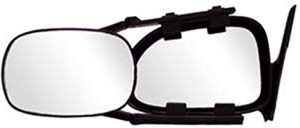-
Welcome to Tacoma World!
You are currently viewing as a guest! To get full-access, you need to register for a FREE account.
As a registered member, you’ll be able to:- Participate in all Tacoma discussion topics
- Communicate privately with other Tacoma owners from around the world
- Post your own photos in our Members Gallery
- Access all special features of the site
Lift for the Pro
Discussion in '3rd Gen. Tacomas (2016-2023)' started by HJM2, Oct 17, 2018.
Page 2 of 2
Page 2 of 2


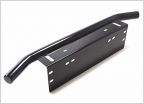 Bought the mini bully bar.....where's the metal?
Bought the mini bully bar.....where's the metal?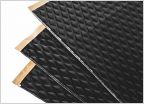 Sound proofing behind rear seat Dynamat?
Sound proofing behind rear seat Dynamat? Arm rests
Arm rests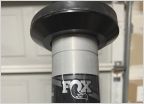 Fox 2.0 Snap Ring Coil-over, setting for 2” lift
Fox 2.0 Snap Ring Coil-over, setting for 2” lift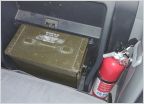 Hand gun safes.
Hand gun safes.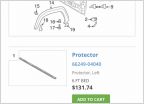 Bed rail caps part number
Bed rail caps part number





















